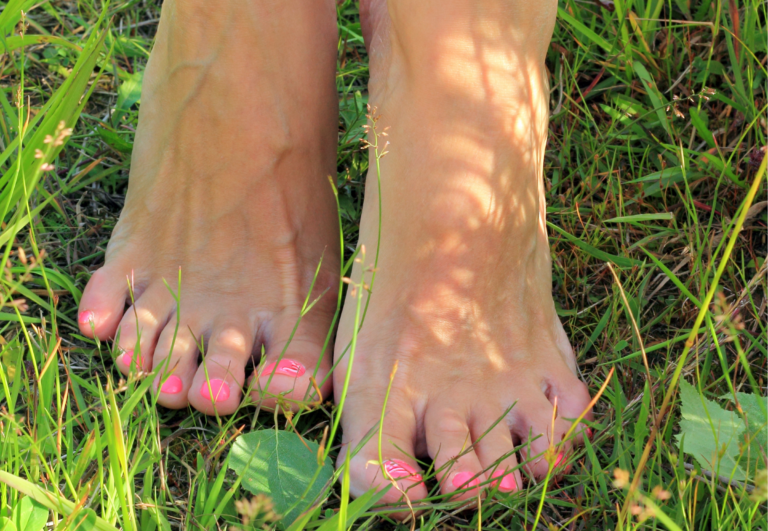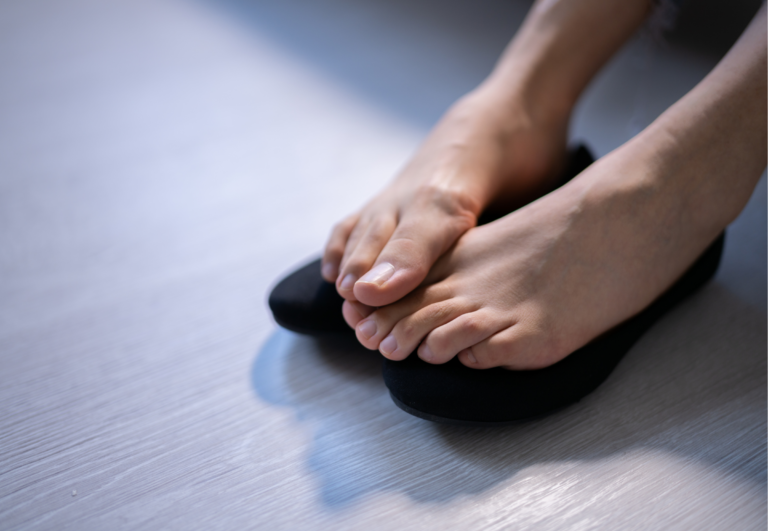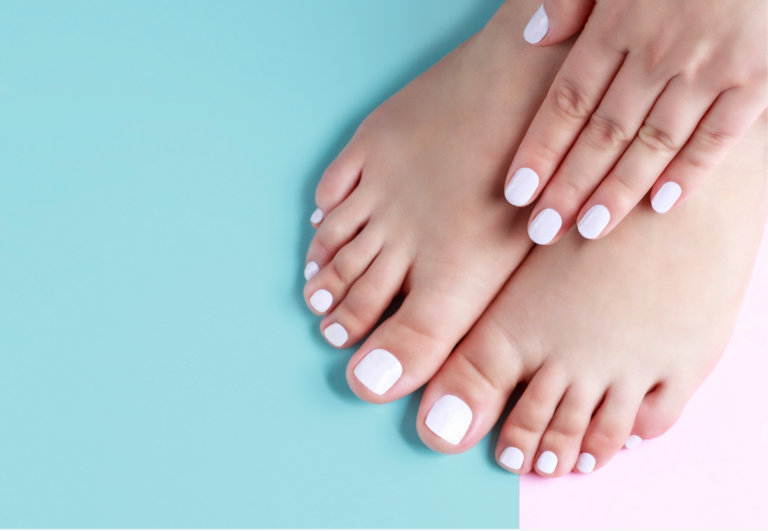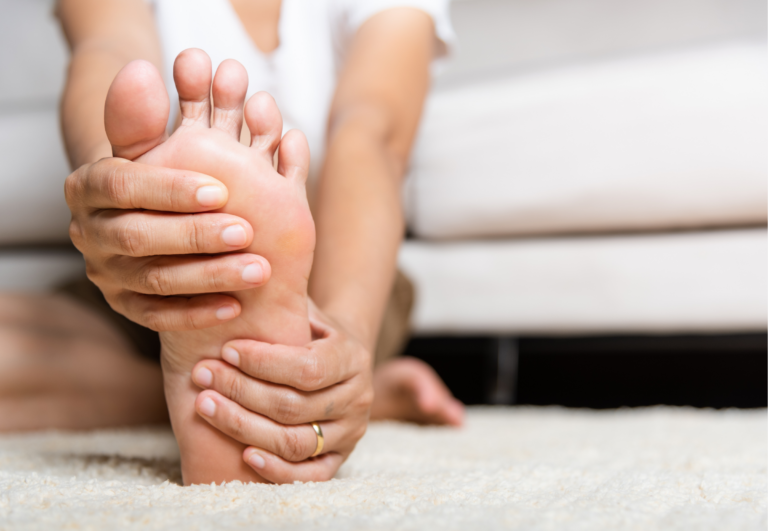Are Toe Spacers Comfortable to Wear? With Practical Tips for Comfort and Fit
Toe spacers are simple devices designed to realign the toes to their natural position, often used by individuals who experience foot pain or looking to improve balance and gait. Drawing upon my experience with these tools, the comfort level of toe spacers can vary based on several factors, including the material, fit, and the individual’s foot structure. While they might feel unusual at first, many users adapt to the sensation over time and find them comfortable, especially as they begin to experience relief from foot discomfort.
The benefits of toe spacers extend beyond comfort. Properly aligned toes can help distribute your weight more evenly across your feet, potentially reducing the stress on certain points and improving overall foot health. However, it’s essential to choose the right toe spacers for your needs and to use them as directed to maximize benefits and minimize any initial discomfort.
In my journey with toe spacers, I’ve noticed that they are especially appreciated by athletes and active individuals. For example, a study examining female athletes provided insights into how toe spacers can influence balance and strength.
However, it’s also crucial for everyday users to approach toe spacers with the right expectations and to give themselves time to acclimate to them for the best experience.
Are Toe Spacers Comfortable? Comfort and Fit Considerations

When exploring the use of toe spacers, the primary concerns for most individuals are comfort and fit. These aspects can dramatically influence the effectiveness and overall experience with these products.
Size and Shape
The size and shape of toe spacers play a crucial role in comfort. Silicone toe spacers tend to offer a more pliable fit, which can adapt to the contours of the feet, reducing discomfort and potential pain. It’s essential to ensure the toe spacers match the foot’s anatomy; otherwise, they could cause more harm than good.
Personal Preference
Comfort is subjective and varies based on personal preference. Some people may prefer toe spacers with more cushioning for a softer feel, while others might opt for firmer support. Trying different materials and densities can help determine what feels best for your feet.
Wearing With Shoes
To successfully incorporate toe spacers into daily life, they must be compatible with your shoes. Look for footgear with a wider toe box to accommodate the spacers. For proper footwear, consider models that offer removable insoles to create additional space, ensuring a snug, yet comfortable, fit without constricting the toes.
Potential Risks and Discomfort

While toe spacers can be beneficial, it’s important to be aware of the potential risks and how they may cause discomfort. Understanding these concerns helps ensure the proper use of toe spacers.
Improper Use
Discomfort: If toe spacers are not used correctly, they can lead to a range of issues. It’s crucial to follow the instructions provided with the product. I have observed that incorrect placement can cause pressure on the joints, leading to pain or the development of blisters or corns.
- Size and Fit: Toe spacers that are too large or too small can be especially problematic.
- Too Large: May compress the toes excessively, causing discomfort.
- Too Small: May not provide enough separation to be effective, leading to potential joint strain.
Medical Conditions
Existing Foot Conditions: For those with certain medical conditions like diabetes or hammertoe, consulting a healthcare provider before using toe spacers is essential. These conditions can make the feet more susceptible to complications.
- Diabetes: Individuals with diabetes may have reduced sensation in their feet, which can prevent them from feeling if a toe spacer is causing harm.
- Hammertoe: When toe spacers are used improperly by individuals with hammertoe, it may exacerbate the condition rather than providing relief.
Material Sensitivities: Some toe spacers are made of medical-grade silicone, a material chosen for its flexibility and hypoallergenic properties. However, if you’re allergic to silicone or other materials used in the toe spacers, you may experience skin irritation or allergic reactions.
- Recommendation: Select toe spacers from reputable brands and ensure the materials are safe for your skin type.
Selection and Usage Tips
When considering toe spacers for improved foot health and comfort, it’s important to select the right type for your lifestyle and consult with a healthcare professional, especially if you’re an athlete or dealing with foot-related issues.
Consulting a Healthcare Professional
Before incorporating toe spacers into your daily routine, it is prudent to seek advice from a board-certified podiatrist.
This is particularly essential if you experience foot pain or require assistance with proper alignment for better mobility and recovery. A podiatrist can recommend spacers that suit your specific foot health needs, ensuring they contribute positively to your wellness.
Daily Wear and Activities
Choosing toe spacers that fit comfortably with your daily routines can greatly enhance their effectiveness.
When integrating spacers into your lifestyle:
- Athletes may require more durable spacers that withstand vigorous activities.
- Consider the material of the toe spacers for long-lasting comfort; those made with soft, medical-grade materials tend to be more comfortable for extended wear.
- Regular wearing of toe spacers can aid in maintaining foot health through better proper alignment and mobility, which is key to overall wellness.
Remember: Consistency in using toe spacers is often more important than the duration. Start with shorter periods of wear and gradually increase as your feet adjust to ensure maximum benefit and comfort.
Care and Maintenance
Ensuring your toe spacers remain comfortable and effective involves regular care and maintenance. This includes proper cleaning, storage, and timely replacement to maintain their safe and durable qualities and extend their lifespan.
Cleaning and Storage
Cleaning: To keep silicone gel toe spacers free from bacteria and odor, wash them gently with mild soap and warm water after each use. For other materials, follow the manufacturer’s cleaning instructions to prevent degradation.
Storage: After cleaning, allow toe spacers to air dry completely before storing them in a cool, dry place. Avoid direct sunlight or extreme temperatures that may warp the shape or degrade the material.
Durability and Replacement
Durability: High-quality toe spacers made from materials like silicone gel are designed to be durable. They maintain their shape over time and continue to realign toes effectively with consistent use.
Replacement: Inspect your toe spacers regularly for signs of wear or damage. If they begin to tear, lose their shape, or become uncomfortable, it’s time to replace them. Most toe spacers have a lifespan that varies depending on usage and care, but on average, consider replacing them every six months to ensure maximum function and hygiene.
What Are Toe Spacers?
Toe spacers are specialized devices designed to improve foot health by aligning the toes to their natural position. Wearing them can aid in relieving foot pain, enhancing balance, and increasing strength in the feet.
Materials and Types
Materials: Toe spacers are typically made from materials like silicone, gel, or foam. Silicone toe spacers are durable and provide a firm yet flexible fit. Gel toe spacers are softer and can offer a more cushioned feel, while foam spacers are lightweight and can be an economical choice.
- Silicone: Long-lasting and can be cleaned easily.
- Gel: Molds to the contours of the toes for a snug fit.
- Foam: Ideal for single-use or short-term wear due to its less durable nature.
Design and Functionality
Design: Toe spacers come in various designs, tailored to the specific needs of the wearer. Some are designed for use during physical activity, while others are for rest and recovery periods. Their structure typically allows for separation of the toes to prevent rubbing and facilitate proper alignment.
Functionality: Through consistent use, these spacers can help to relieve the pressure and friction between toes, potentially reducing the pain associated with conditions like hallux valgus. They are designed to be worn comfortably inside footwear or while barefoot to encourage the proper toe alignment and muscle function in the feet.
- Active Spacers: These are made to be worn during day-to-day activities.
- Recovery Spacers: Often recommended for overnight use or during periods of rest.
Benefits of Using Toe Spacers

Toe spacers are simple yet effective tools that can offer a host of benefits for feet. They are designed to improve overall foot health, from easing the discomfort caused by various foot conditions to enhancing natural toe alignment and strength.
Pain Relief and Prevention
Toe spacers work by gently separating the toes, reducing the pressure and friction that can lead to foot pain. Individuals with bunions or hammertoes often experience significant relief as the spacers redistribute weight evenly across the foot.
Alignment and Strength
Regular use of toe spacers can help correct the natural alignment of toes, promoting a more natural foot structure. This can lead to increased foot strength, as the tendons and ligaments in the foot are allowed to function without the constraints of cramped footwear.
Mobility and Foot Health
Improving toe alignment can also enhance overall mobility, making walking and running more comfortable. Toe spacers can be particularly beneficial for those suffering from plantar fasciitis, as they help stretch the plantar fascia and may alleviate pain relief.




